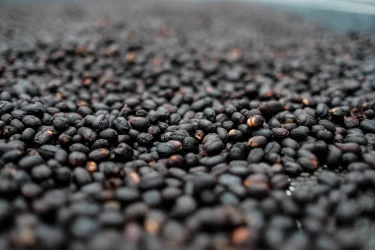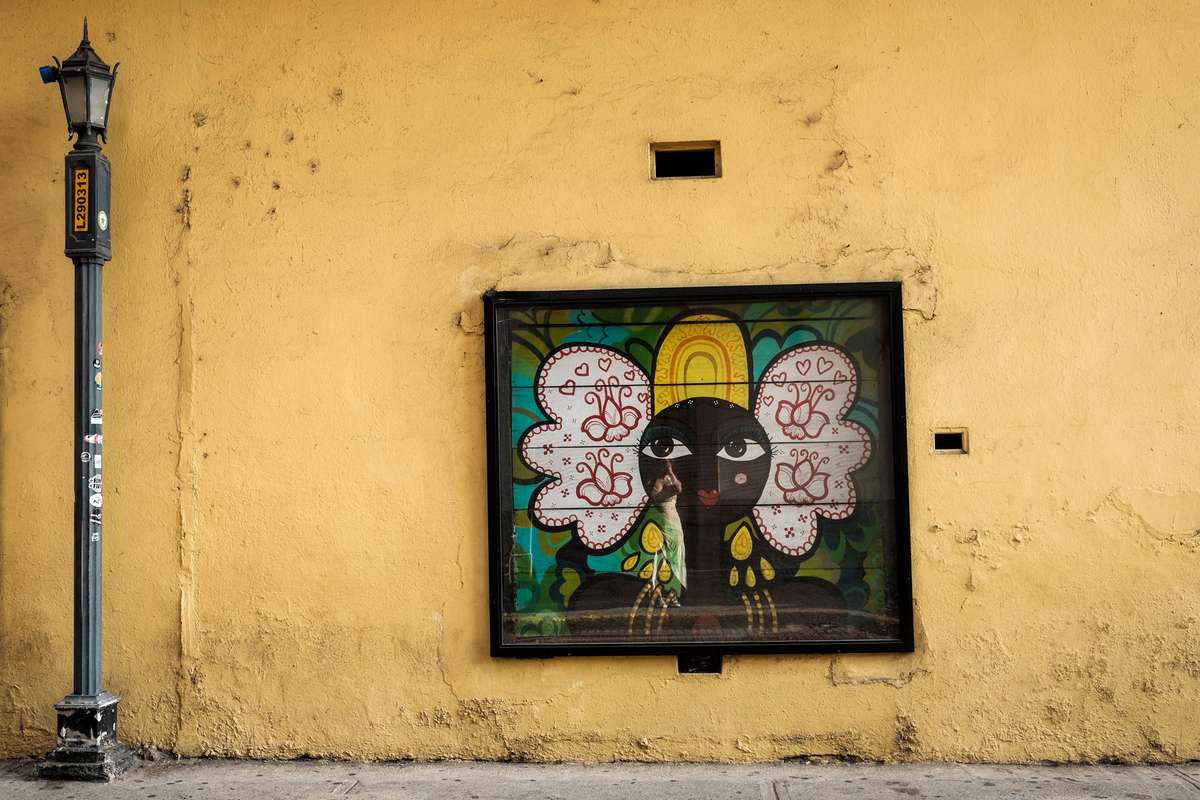Michael Janson isn’t in a hurry. At 76 years old, the coffee farmer has significantly slowed down with age, taking his time to step down from his four-wheeler and onto the ground below. But that new pace seems to fit him just fine. The fallen leaves crunch with each careful step he takes toward the overlook, just as the sun peeks through the mist. He stands in the sunshine looking over his 110-hectare farm in the mountainous region of Boquete, Panama, with the same beaming pride a father has for his children.

“The coffee has to be good because it’s the fruit of the land,” he says, adjusting his cap, his gray hair poking out from under the brim, all without breaking his mile-long gaze on his life’s work. “To have all the flavors and the variety, you have to know the land.”
And know the land he does. As a second-generation farmer, Janson has tended to this patch of earth nearly since the day he was born, alongside his siblings, children, and now grandchildren, who are joining him in growing a high-end bean to bring people around the world a better cup of coffee, as well draw attention to Panama as a force in the industry. Their work — and the work of a few other dedicated families and indigenous communities — can only be described as a caffeinated renaissance for the nation, which is coming into full bloom with Panama’s new Coffee Circuit.
 Chiriqui Highlands, coffee growers and local culture of Panama
Chiriqui Highlands, coffee growers and local culture of Panama
According to Perfect Daily Grind, Panamanians are serious about how much coffee they drink. As a population, the nation consumes about 20 million kilograms per year, or five kilograms per capita. This works out to about two kilograms per capita more than other coffee-producing nations like Brazil and Colombia.
Though Panamanians drink a lot of coffee, they don’t grow much of their own. According to the International Coffee Organization, Brazil produces the most coffee in the world, growing five billion pounds per year. In comparison, Panama produces just 13 million pounds. But what it lacks in quantity it more than makes up for in quality, thanks to one very special varietal known as Geisha.
“It takes a lot of know-how,” Janson says of the Geisha bean. “We have an agriculture engineer just for this plant.”
For the uninitiated, Geisha coffee is a bean originating from the Gori Gesha forest in Ethiopia.
Home Grounds, a coffee community website, explains that the bean made its way to research centers in Kenya and Tanzania before being sent to the Tropical Agricultural Research and Higher Education Center in Costa Rica (or CATIE) in the 1950s. (At this point, it was sent over with the spelling error, adding the extra “i” as a mistake, which did cause some controversy in the years to come, as well as some confusion as to the coffee’s origin.) Coffee producer Don Pachi bought the seeds and brought them to Panama, where he allegedly gave them to his neighbors at Hacienda la Esmeralda, one of the first farms in the region to take it from seedling to cup.
